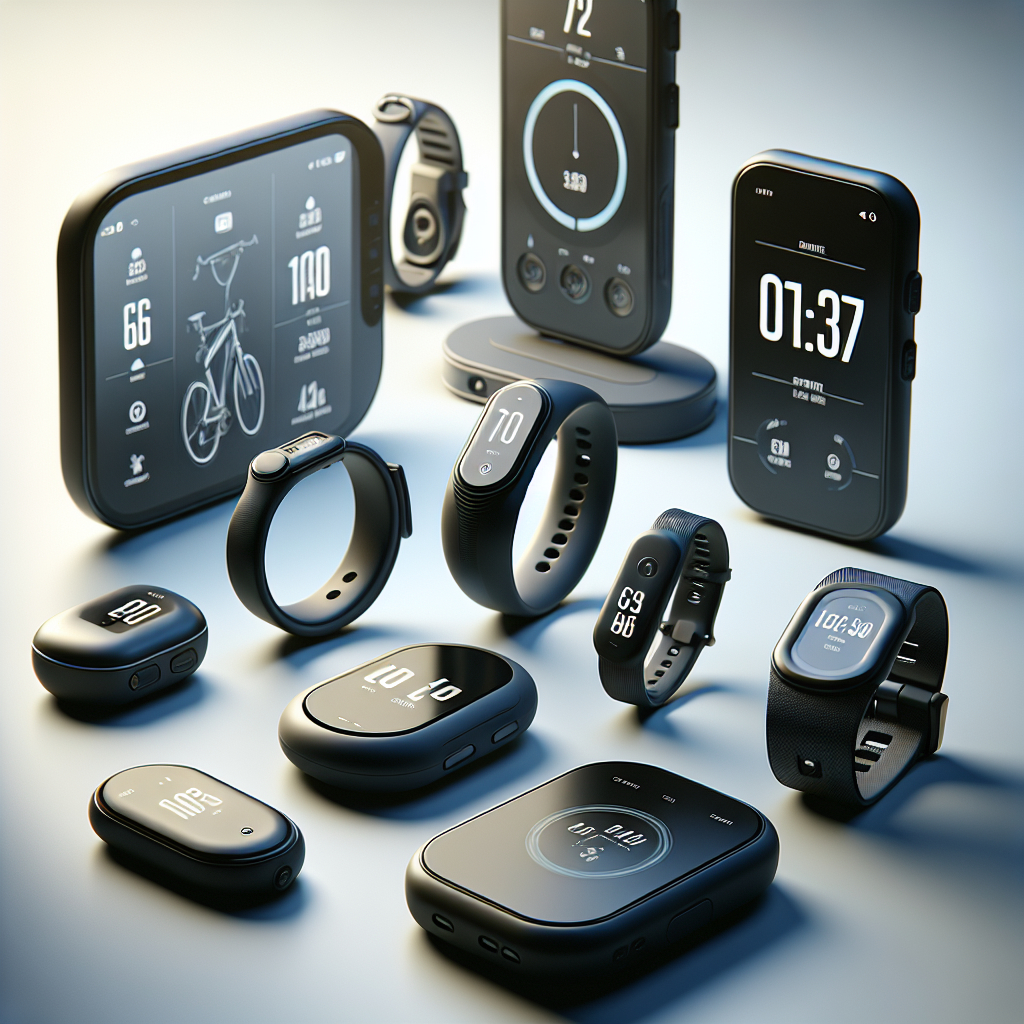
Bike computers and GPS devices have revolutionized the way cyclists track their rides, offering unparalleled precision and a wealth of data to enhance the cycling experience. These devices have become essential tools for both amateur and professional cyclists, providing insights into performance, navigation, and overall fitness. In this article, we will explore the various features and benefits of bike computers and GPS devices, and how they can help you take your cycling to the next level.
Understanding Bike Computers
Bike computers are compact devices mounted on the handlebars of a bicycle, designed to provide real-time data on various aspects of a ride. These devices range from basic models that display speed and distance to advanced units that offer a plethora of features such as heart rate monitoring, cadence tracking, and power output measurement.
Basic Features
At their core, bike computers typically offer the following basic features:
- Speed: Displays current, average, and maximum speed.
- Distance: Tracks the distance covered during a ride.
- Time: Records the duration of the ride.
- Odometer: Keeps a cumulative record of the total distance ridden over time.
These fundamental metrics provide cyclists with essential information to gauge their performance and progress.
Advanced Features
For those seeking more detailed data, advanced bike computers offer a range of additional features:
- Heart Rate Monitoring: Measures the cyclist’s heart rate using a chest strap or wrist sensor, helping to optimize training intensity.
- Cadence Tracking: Monitors the number of pedal revolutions per minute, aiding in maintaining an efficient pedaling rhythm.
- Power Output: Calculates the power generated by the cyclist, providing insights into overall performance and efficiency.
- GPS Navigation: Offers turn-by-turn directions and route mapping, ensuring cyclists stay on track during their rides.
- Connectivity: Syncs with smartphones and other devices to upload ride data, receive notifications, and access additional features through companion apps.
These advanced features enable cyclists to fine-tune their training, monitor their health, and explore new routes with confidence.
The Role of GPS Devices in Cycling
GPS devices have become indispensable for cyclists, providing accurate navigation and comprehensive ride data. These devices use satellite signals to determine the cyclist’s location, speed, and elevation, offering a wealth of information that can be used to enhance the cycling experience.
Navigation and Route Planning
One of the primary benefits of GPS devices is their ability to provide precise navigation and route planning. Cyclists can use GPS devices to:
- Plan Routes: Create custom routes based on distance, elevation, and terrain preferences.
- Follow Routes: Receive turn-by-turn directions to stay on course during a ride.
- Explore New Areas: Discover new trails and roads with confidence, knowing they can always find their way back.
- Track Progress: Monitor real-time data on speed, distance, and elevation to stay informed during the ride.
These navigation features are particularly valuable for cyclists exploring unfamiliar areas or embarking on long-distance rides.
Performance Analysis
GPS devices also play a crucial role in performance analysis, offering detailed data that can be used to assess and improve cycling performance. Key performance metrics provided by GPS devices include:
- Speed and Distance: Accurate measurements of speed and distance covered during a ride.
- Elevation Gain: Tracks the total elevation gain and loss, helping cyclists understand the difficulty of their routes.
- Heart Rate and Power: Monitors heart rate and power output to optimize training and performance.
- Cadence: Measures pedal revolutions per minute to maintain an efficient pedaling rhythm.
- Calories Burned: Estimates the number of calories burned during a ride, aiding in fitness tracking.
By analyzing this data, cyclists can identify areas for improvement, set training goals, and track their progress over time.
Choosing the Right Device
With a wide range of bike computers and GPS devices available, choosing the right one can be a daunting task. Here are some factors to consider when selecting a device:
Intended Use
Consider how you plan to use the device. Are you a casual rider looking for basic metrics, or a competitive cyclist seeking detailed performance data? Your intended use will help determine the features you need.
Budget
Bike computers and GPS devices come in a range of prices, from budget-friendly options to high-end models. Determine your budget and look for a device that offers the best value for your money.
Compatibility
Ensure the device is compatible with your bike and any other equipment you use, such as heart rate monitors or power meters. Additionally, check if the device can sync with your smartphone or other devices for data transfer and additional features.
Ease of Use
Look for a device with an intuitive interface and easy-to-read display. Consider the size and placement of buttons, as well as the overall design and build quality.
Battery Life
Battery life is an important consideration, especially for long-distance rides. Choose a device with sufficient battery life to meet your needs, and consider whether it offers rechargeable or replaceable batteries.
Conclusion
Bike computers and GPS devices have become essential tools for cyclists, offering a wealth of data and features to enhance the cycling experience. Whether you’re a casual rider or a competitive athlete, these devices can help you track your rides with precision, improve your performance, and explore new routes with confidence. By understanding the various features and benefits of bike computers and GPS devices, you can choose the right device to meet your needs and take your cycling to the next level.
